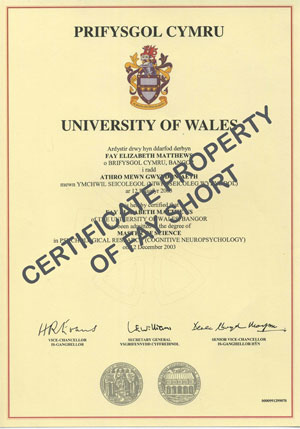
Fay
Elizabeth Short
Masters of Science in Psychological Research (M.Sc.)
History
©
Fay Short, Colin Short 2017 All Rights Reserved
All content in this website is the sole expression of Fay Short and
should not be taken to indicate the thoughts, opinions,
or attitudes
of any related person or organisation, including her family, friends, colleagues, or employers
